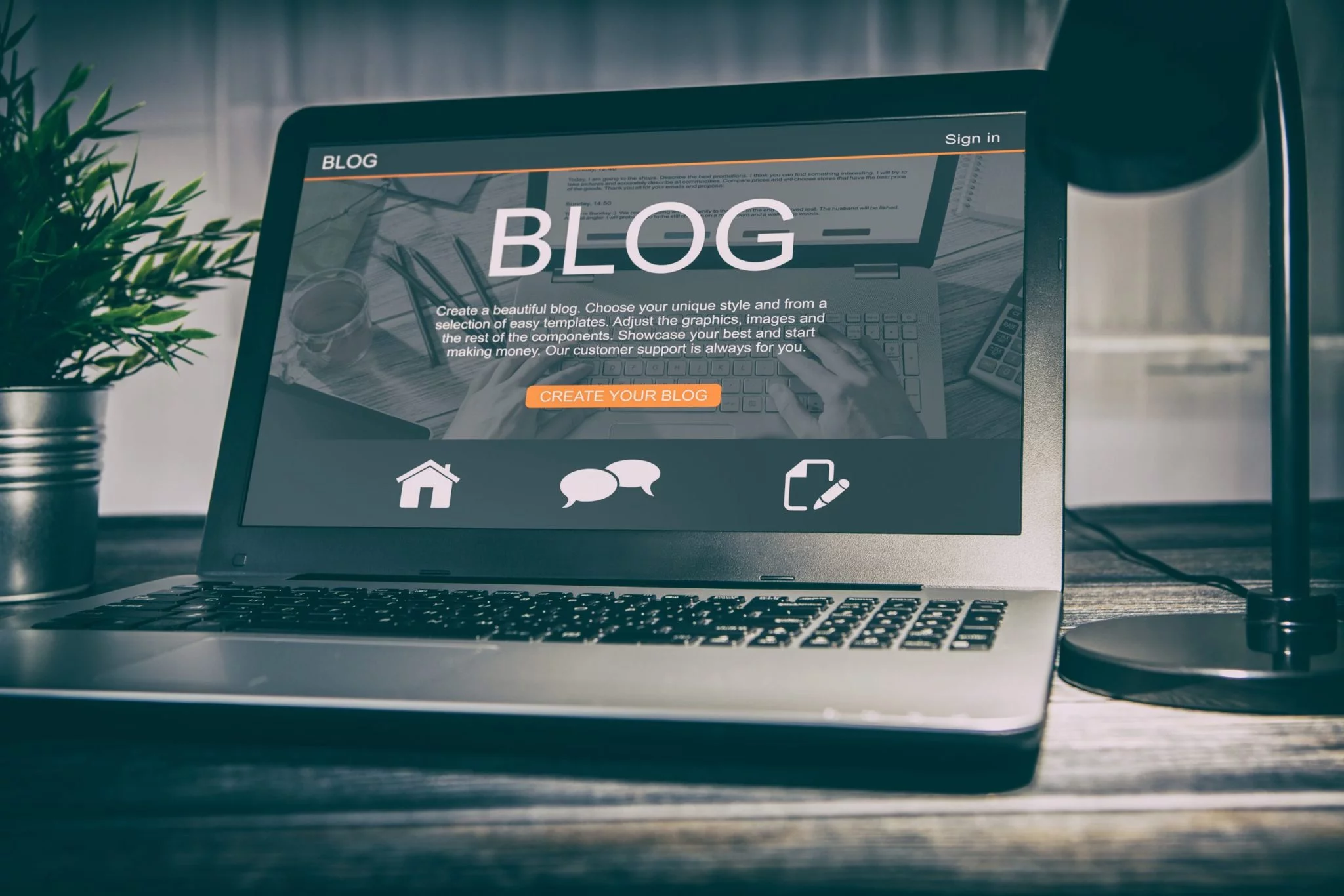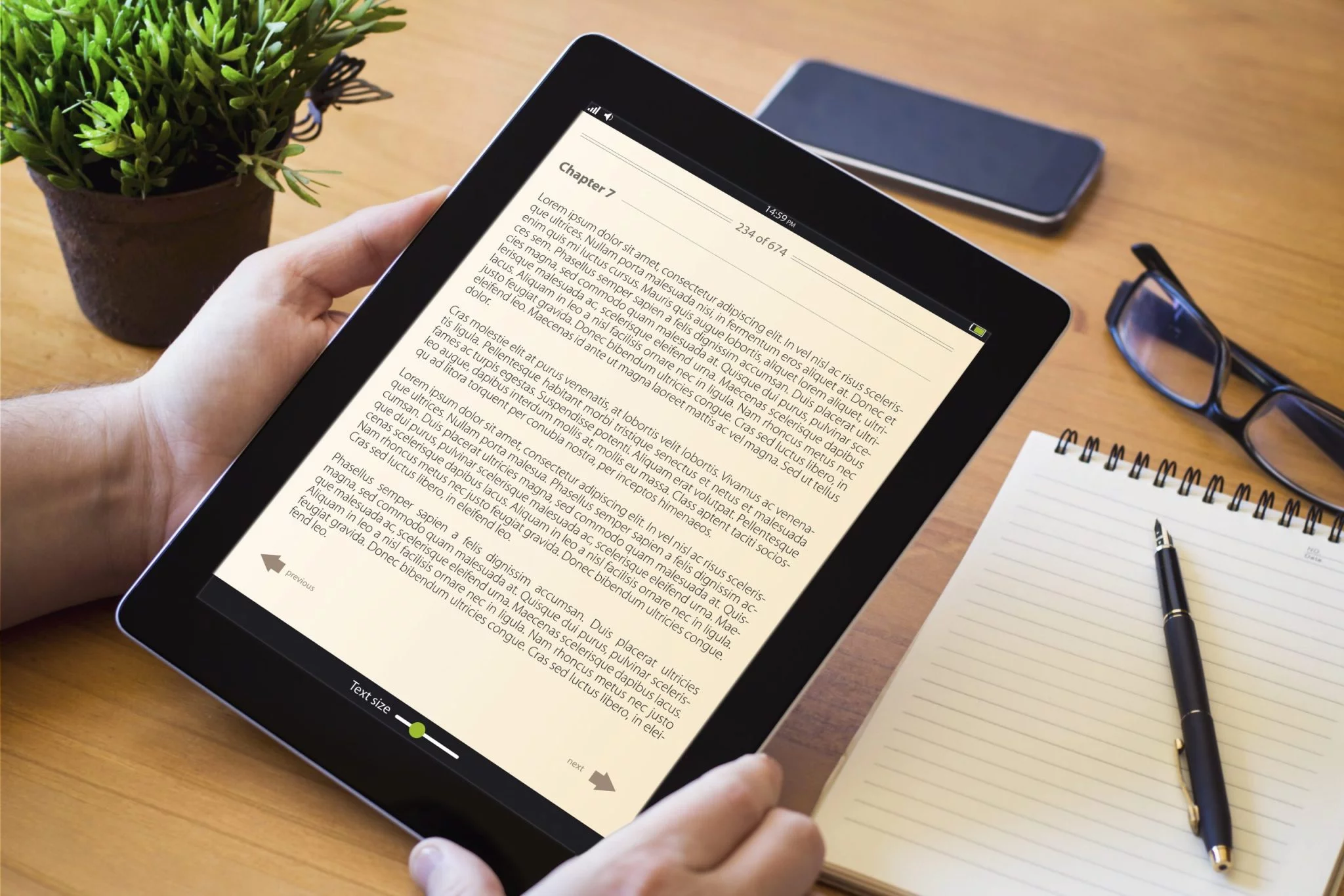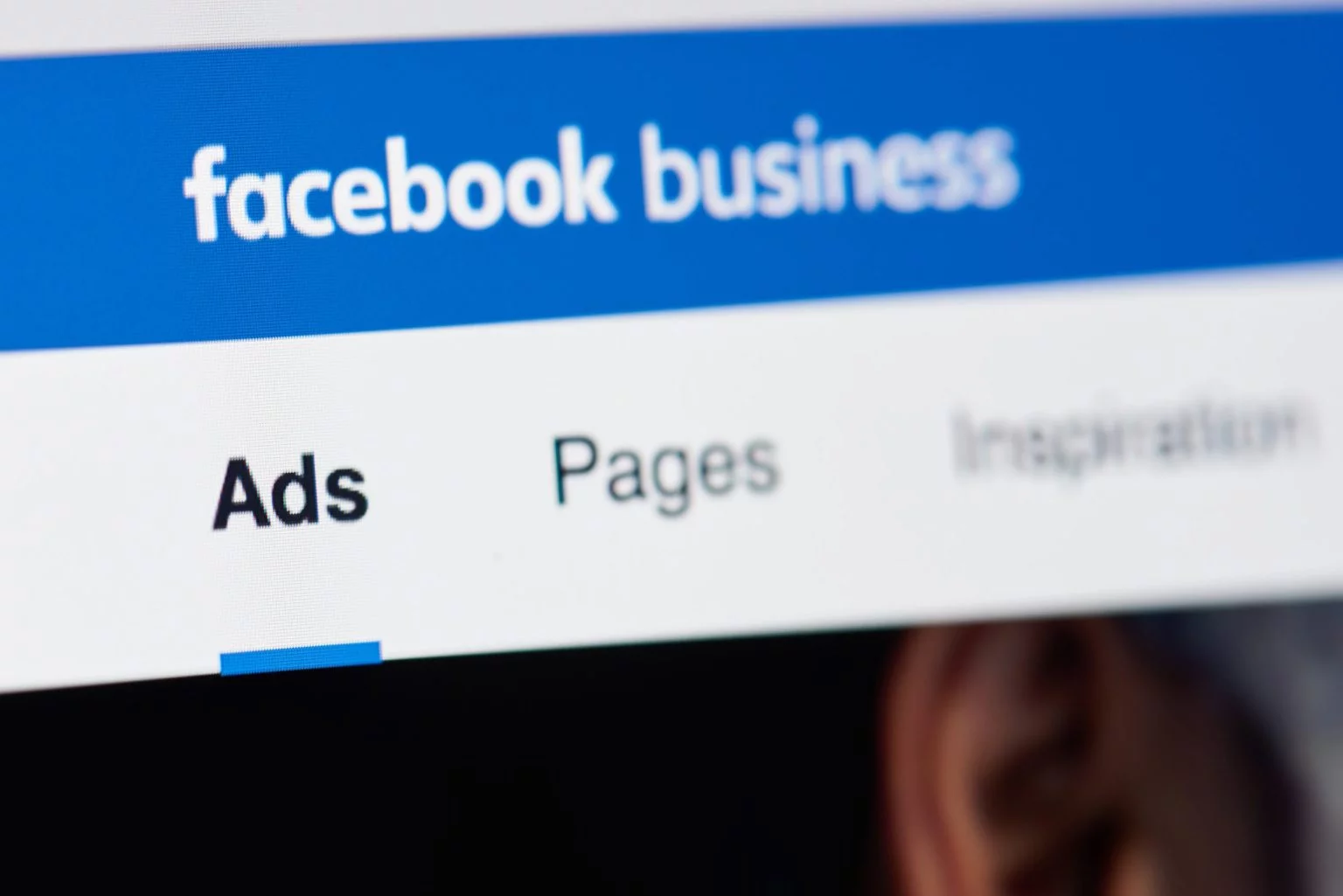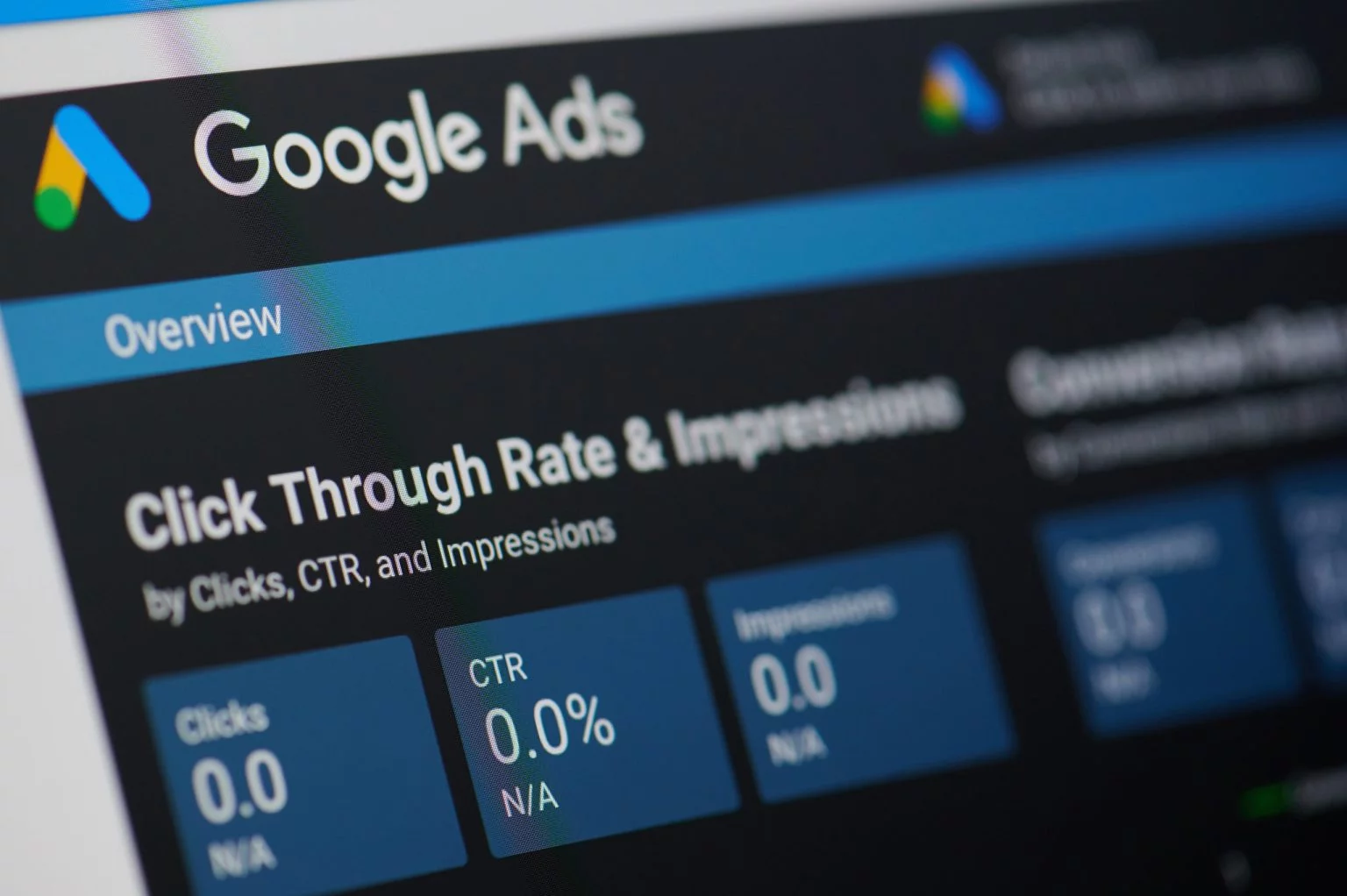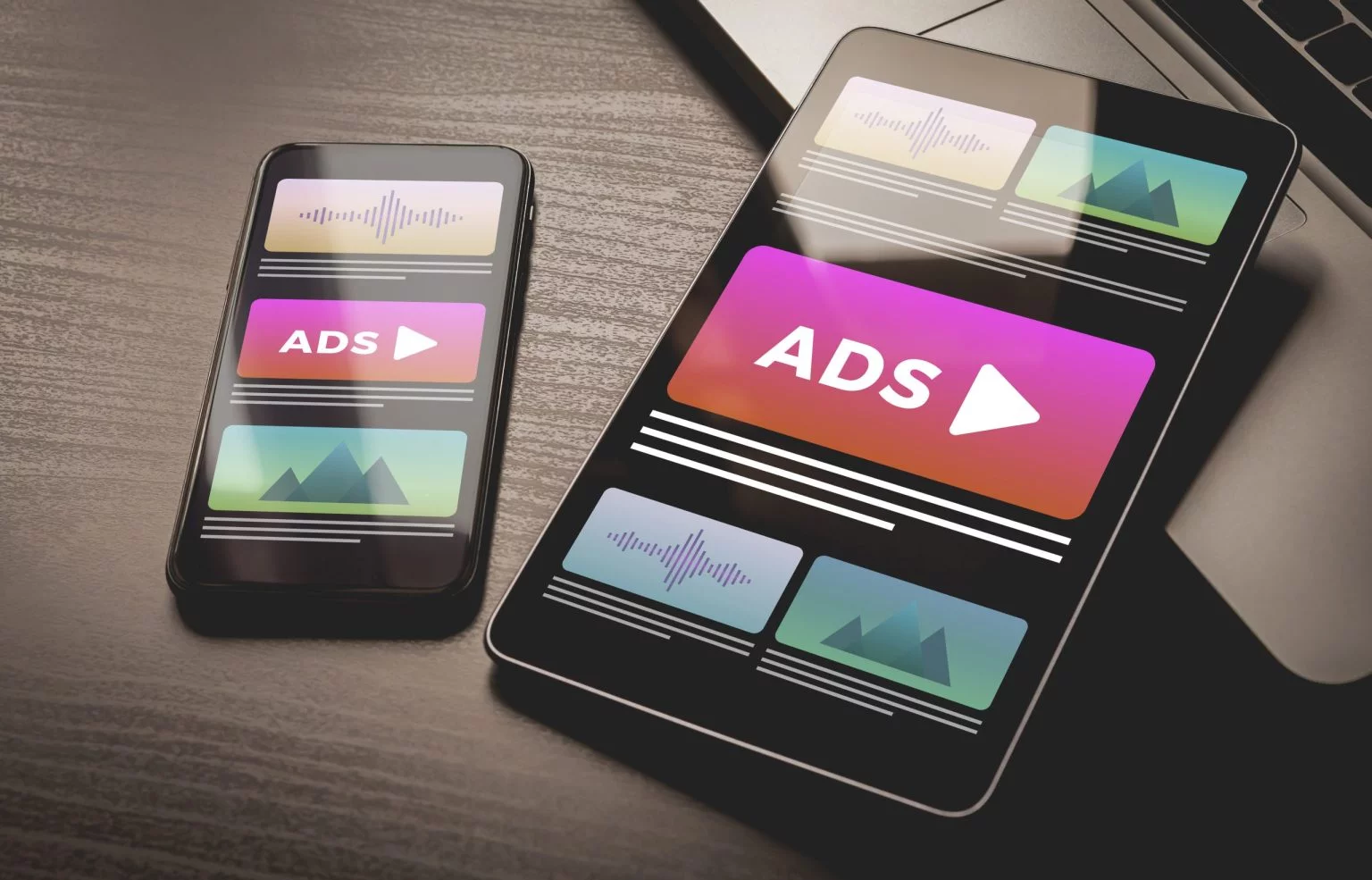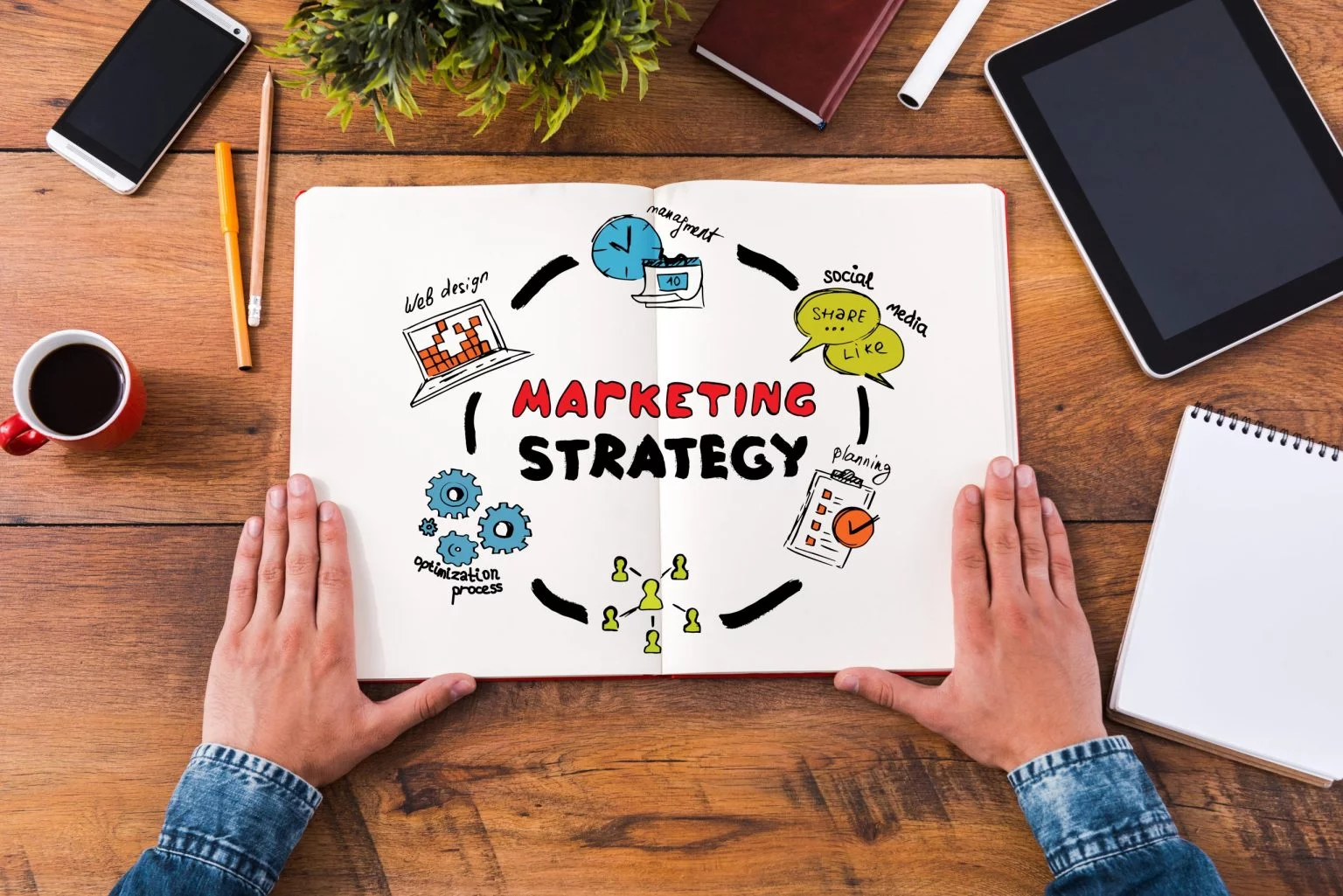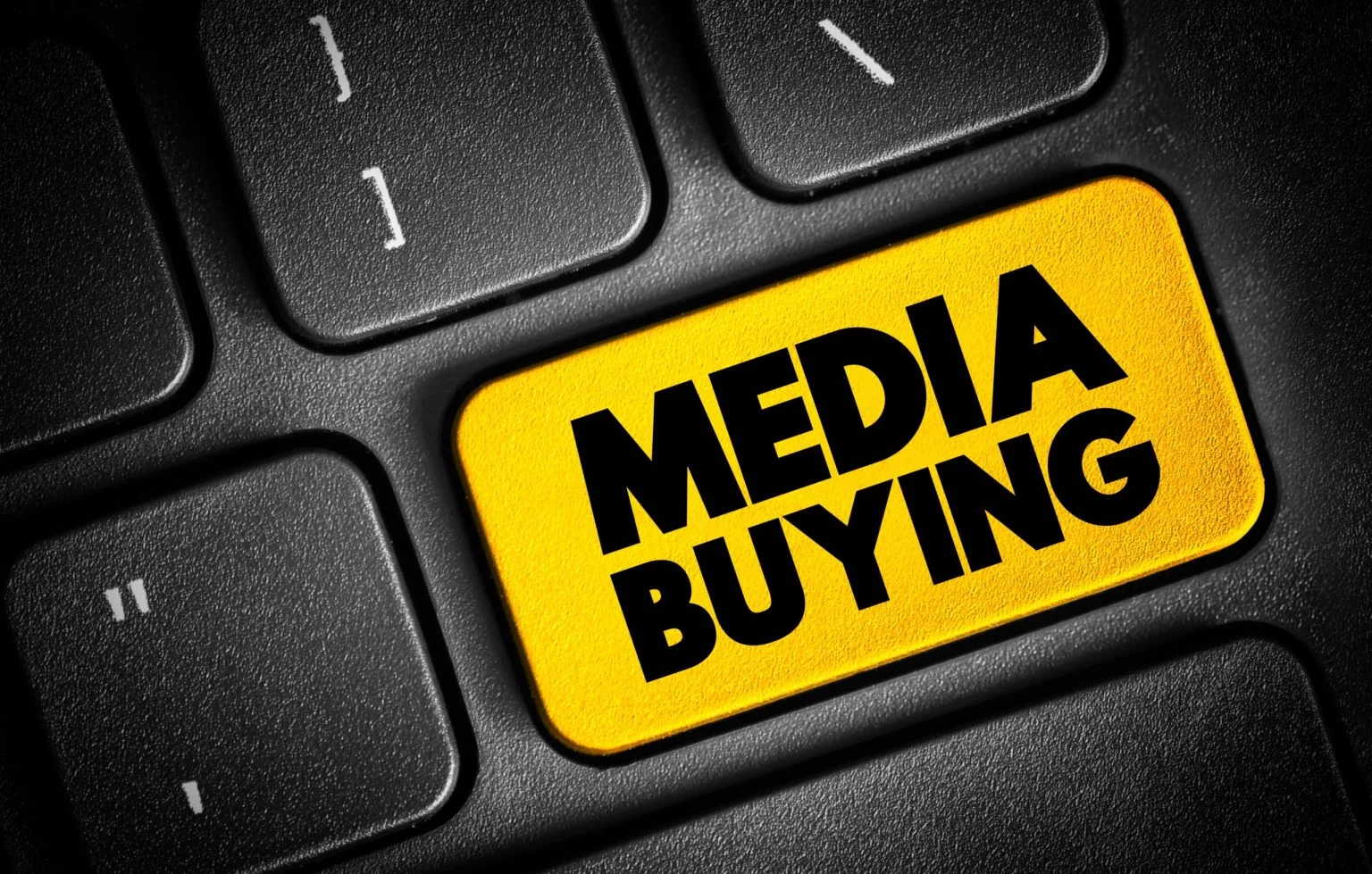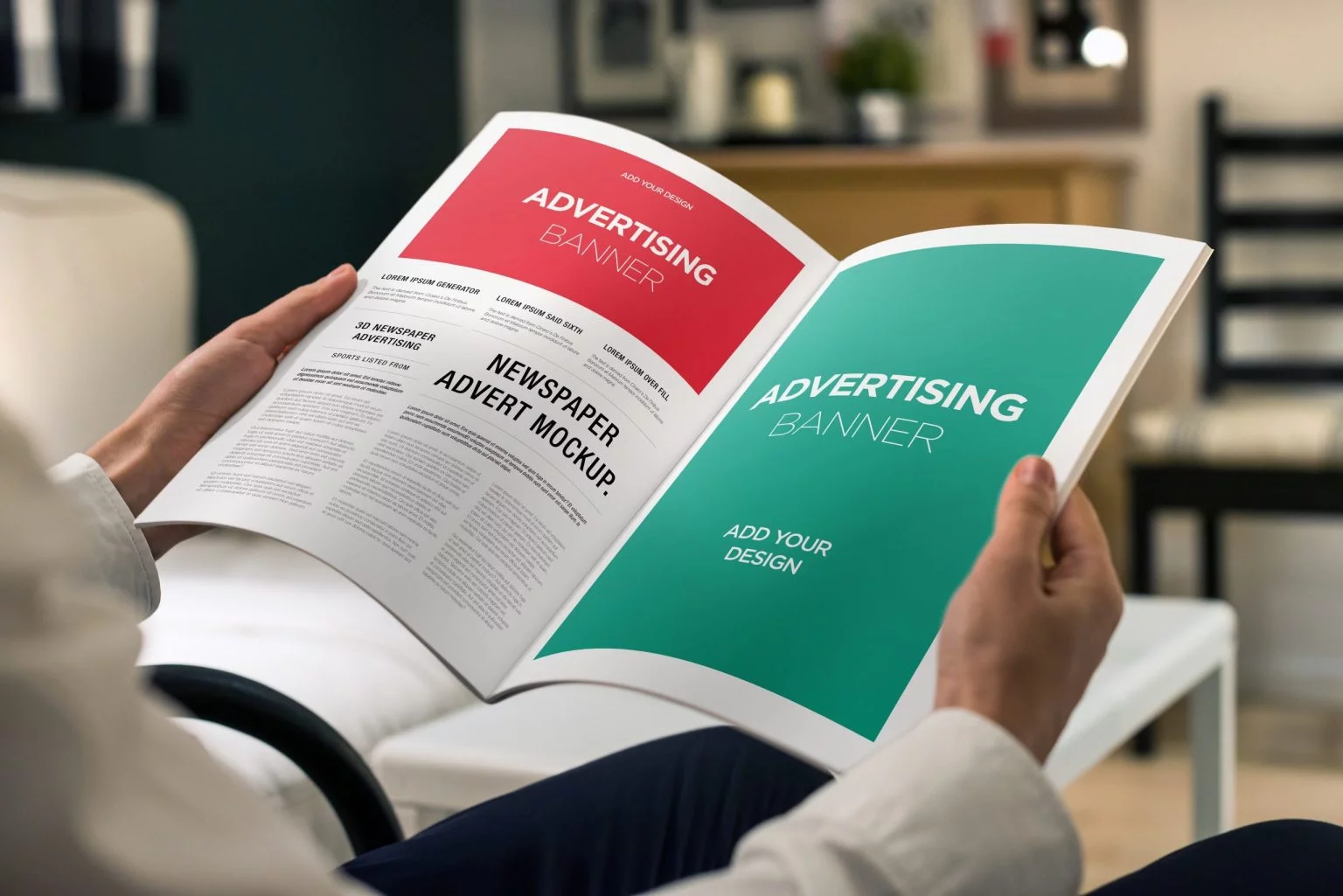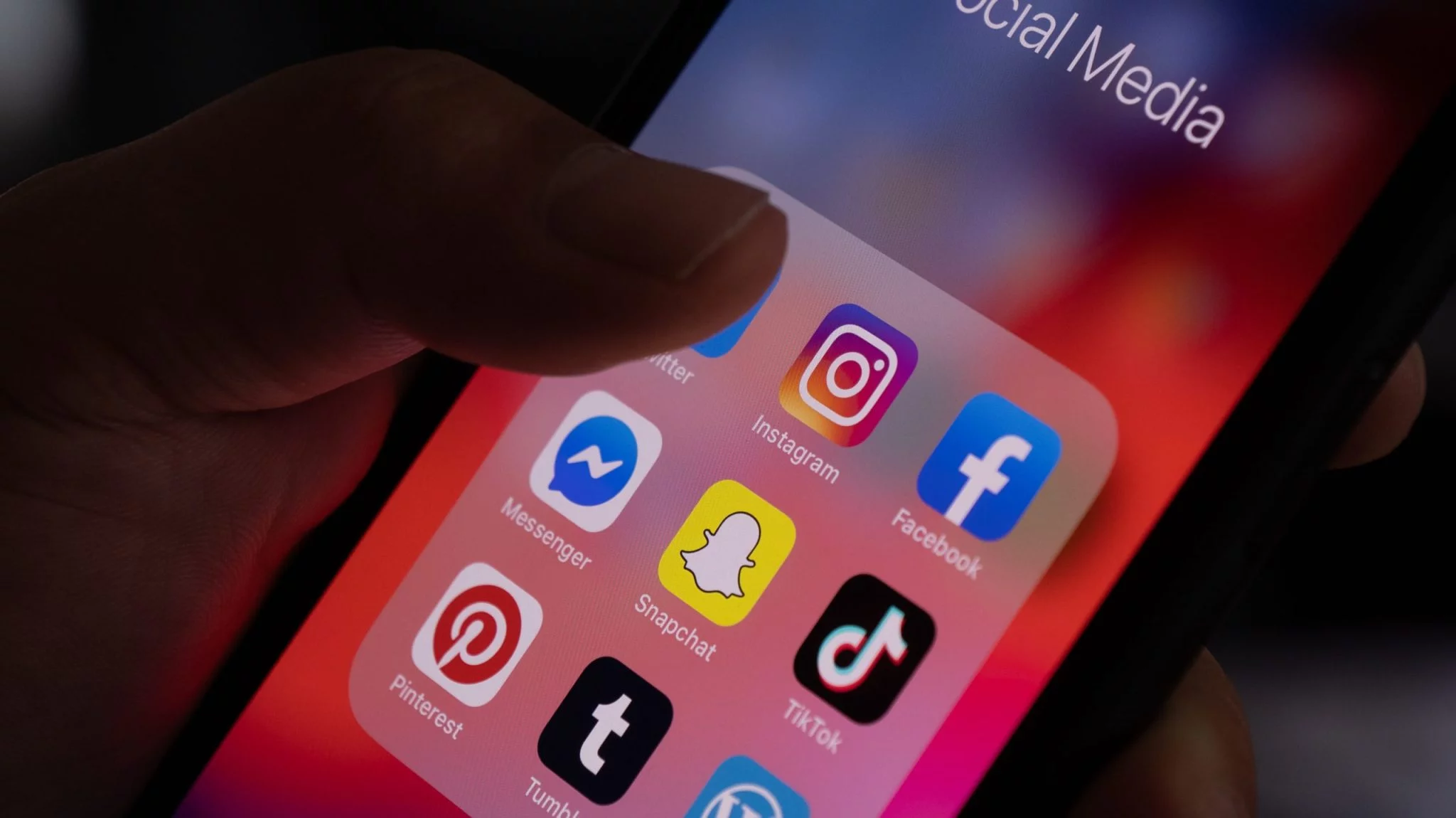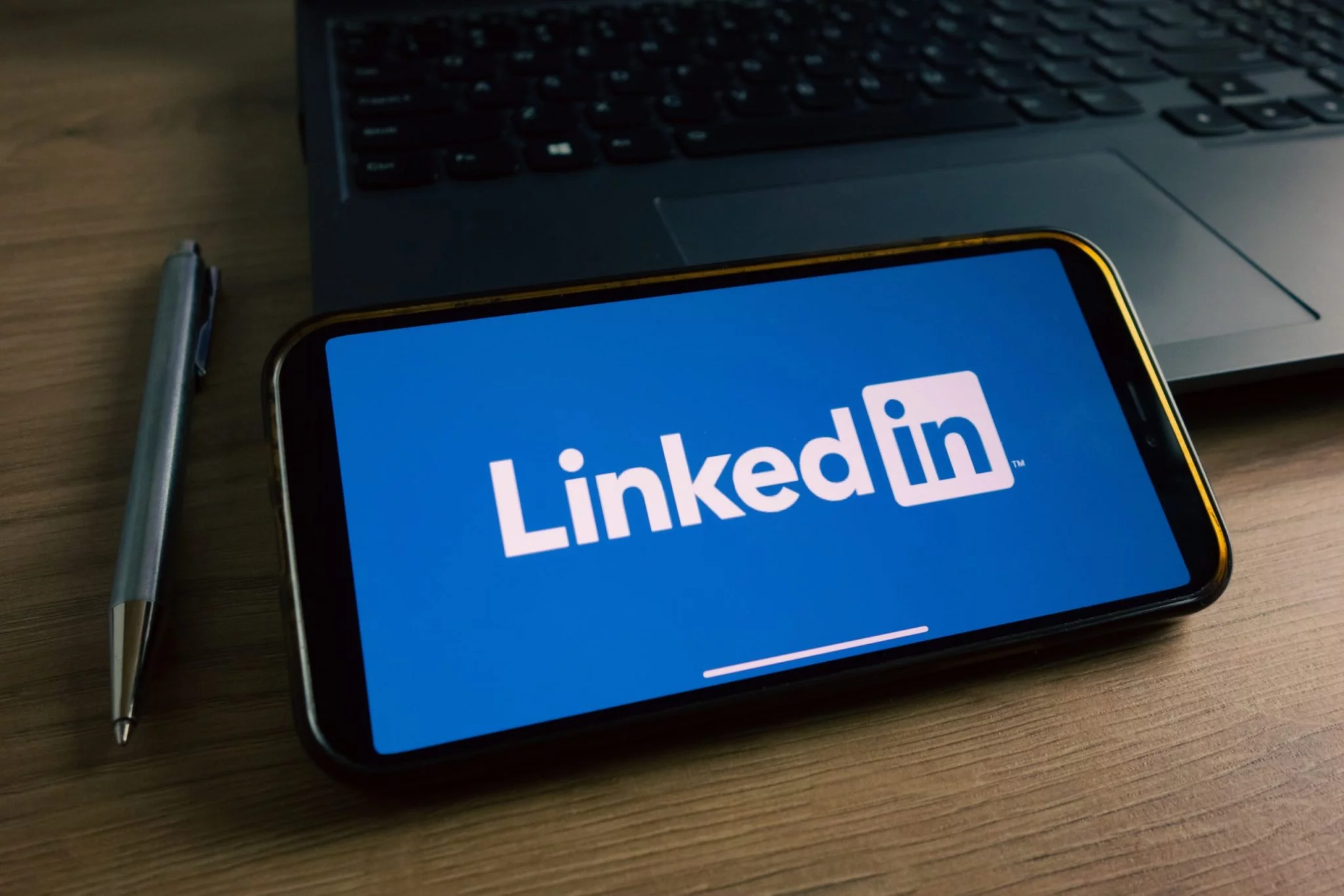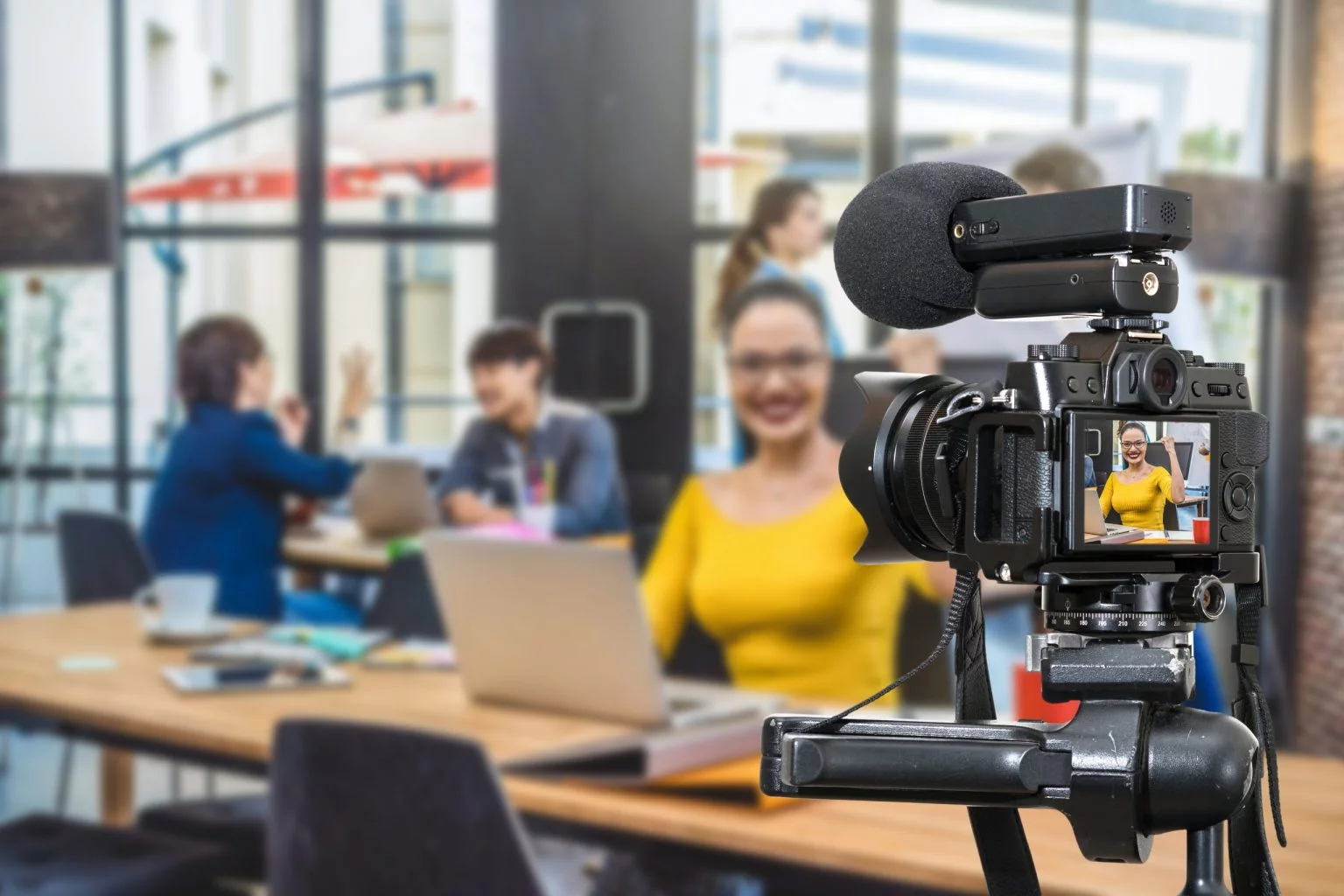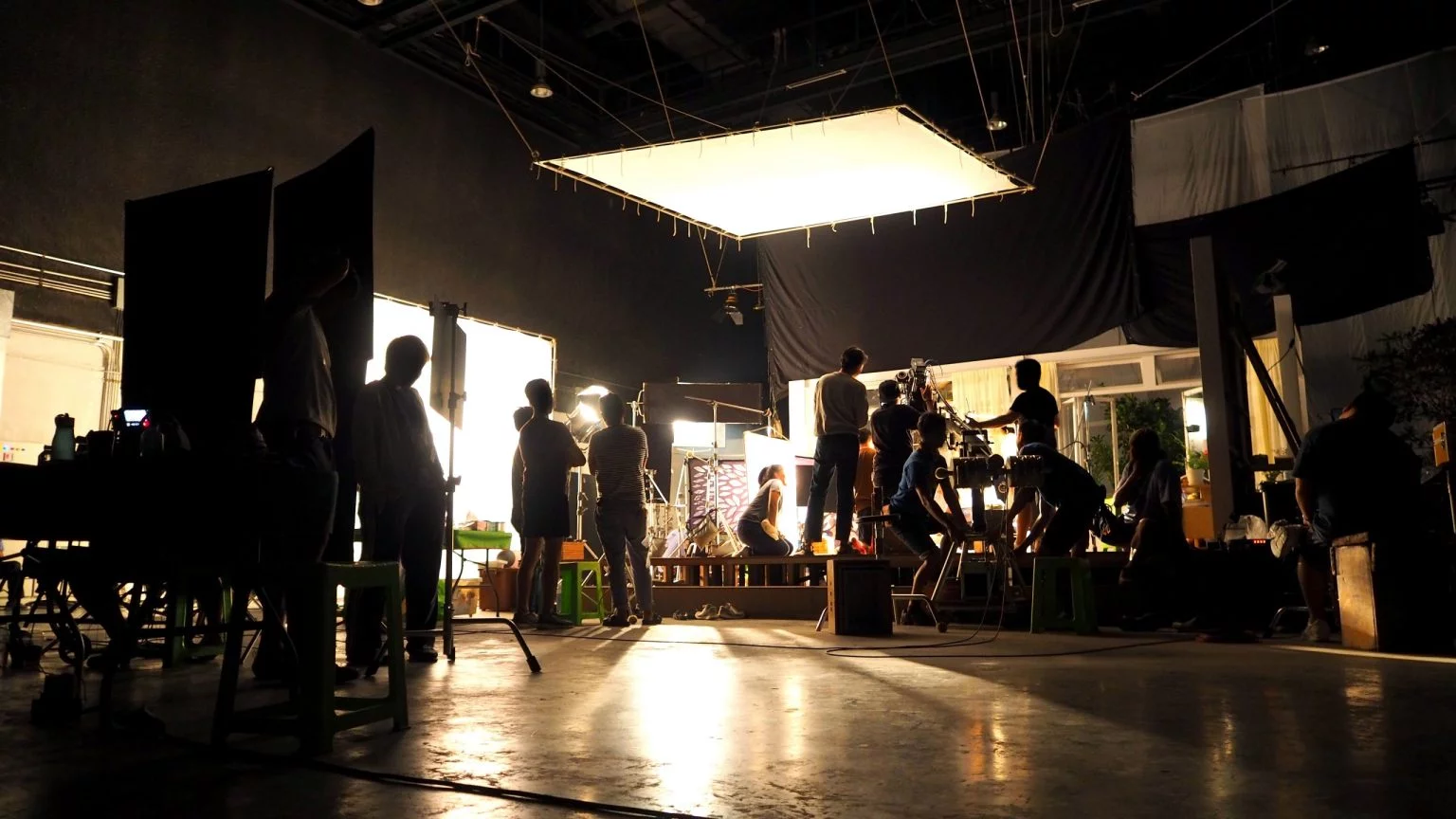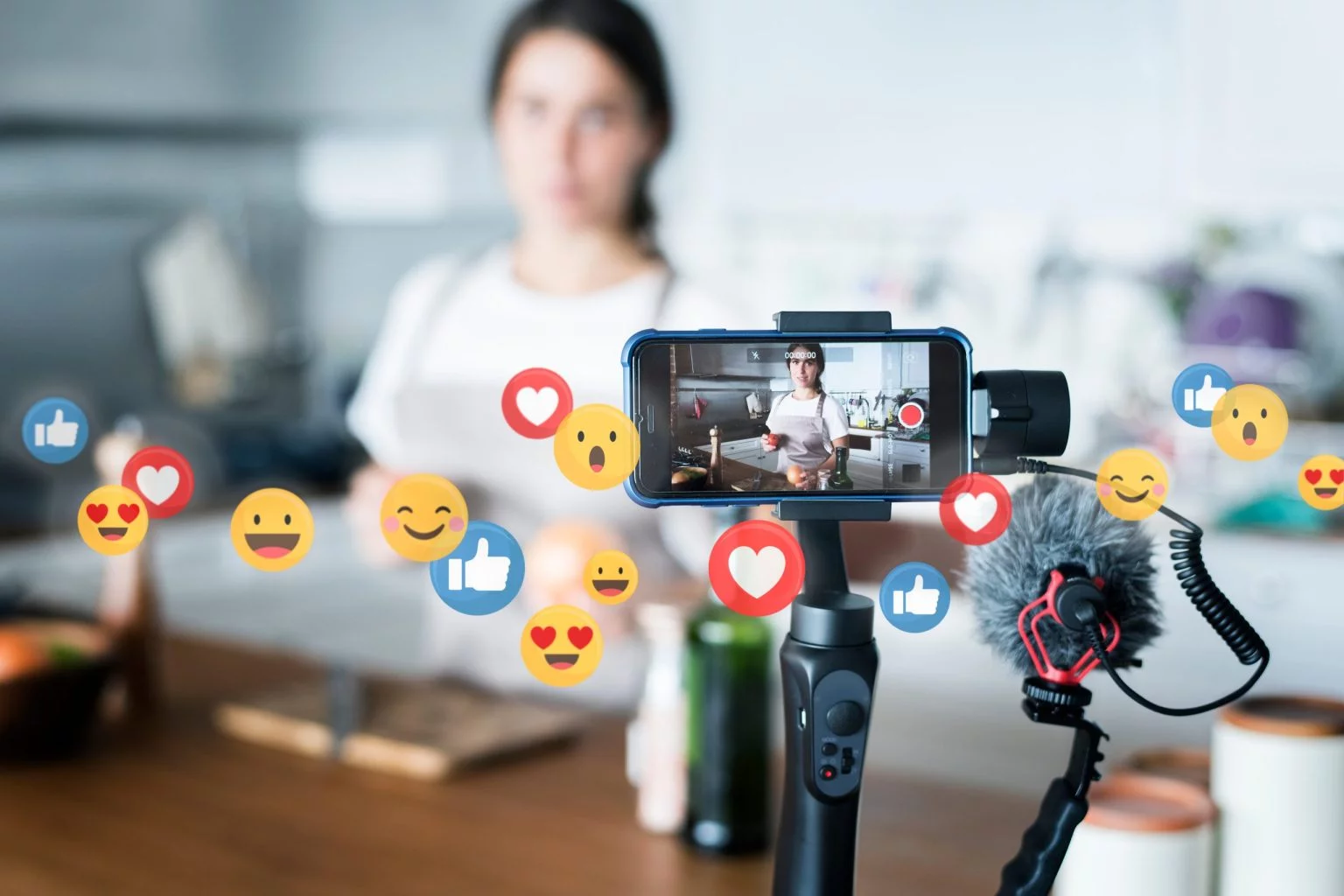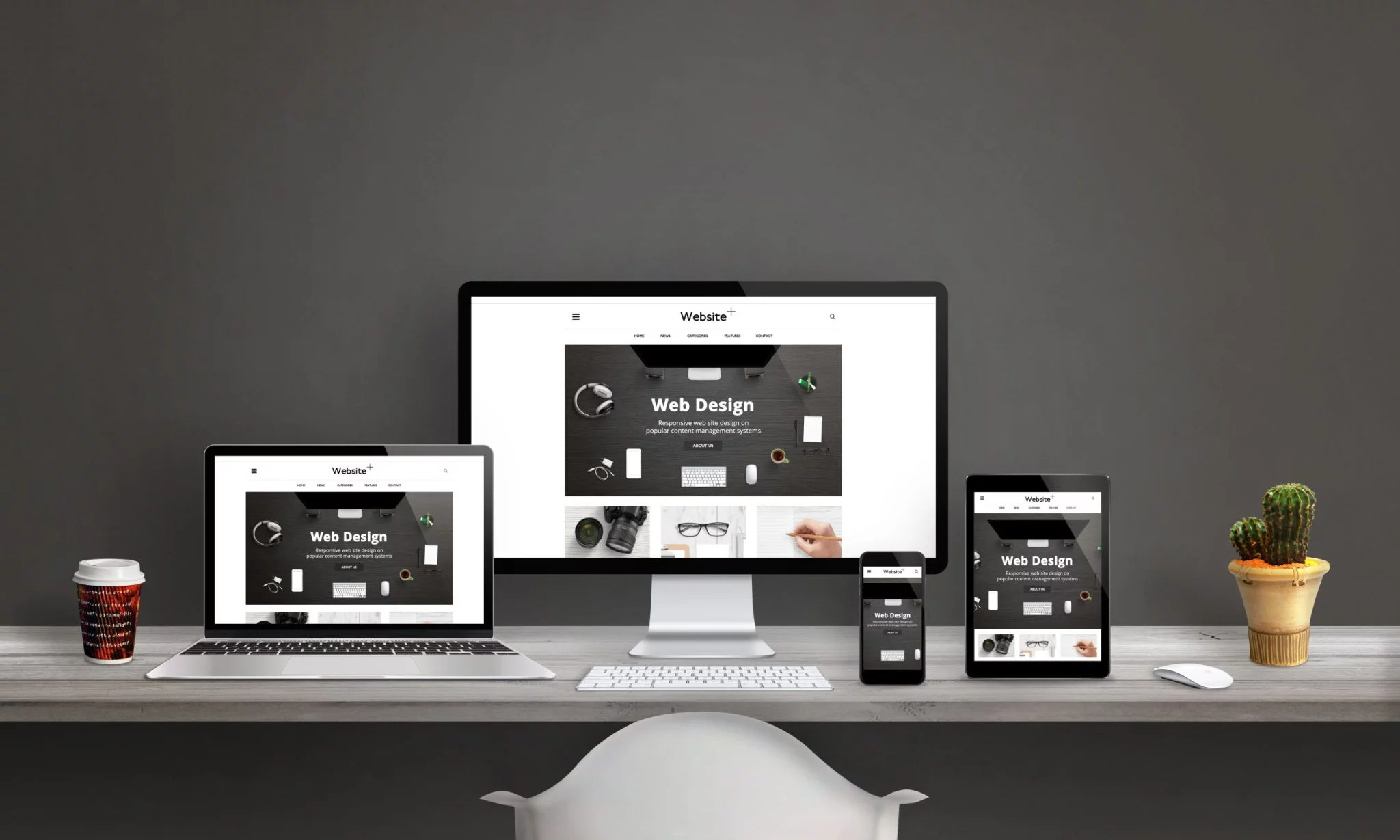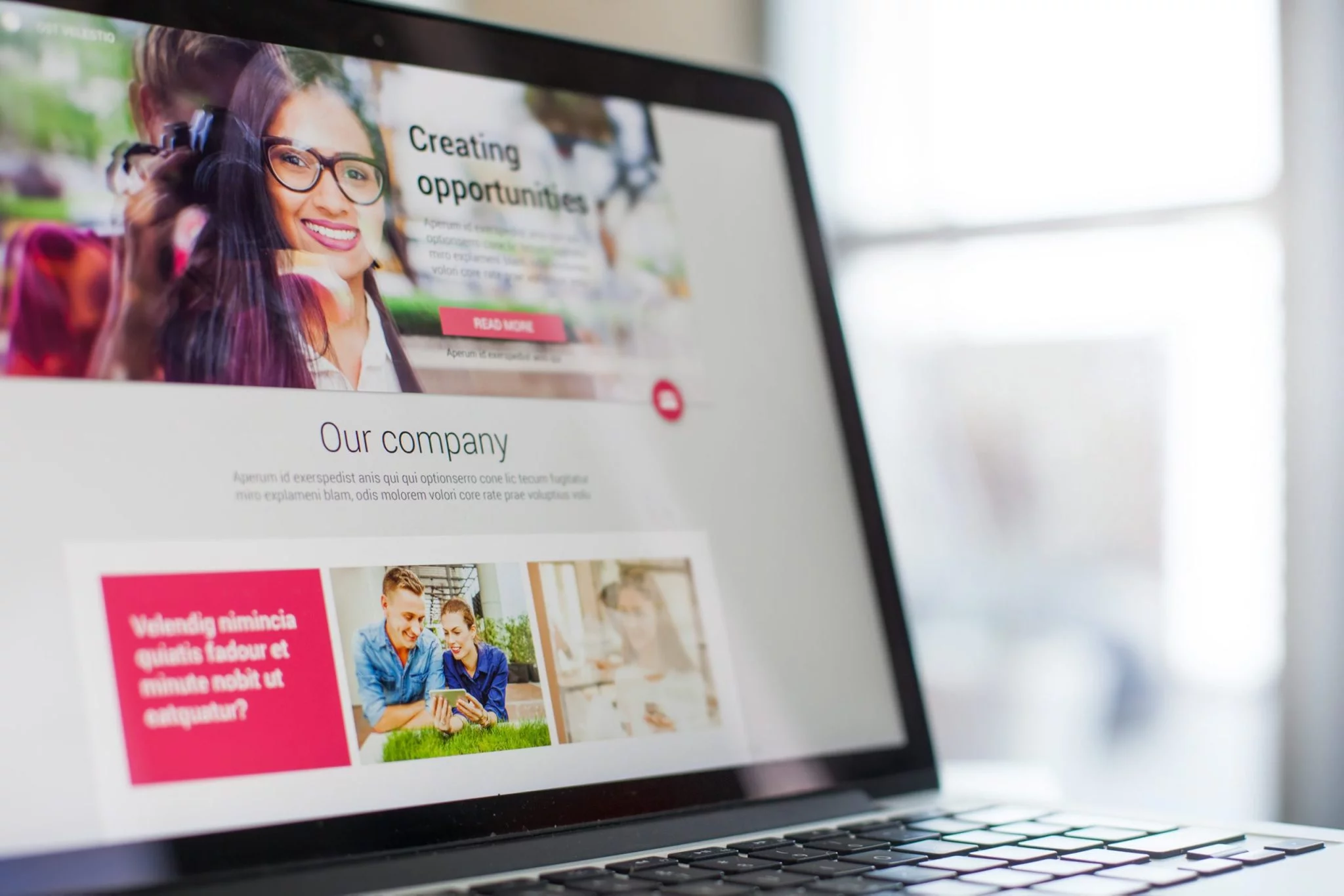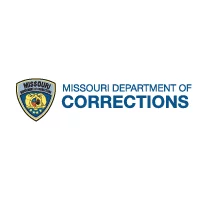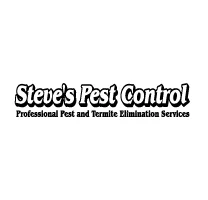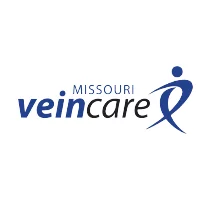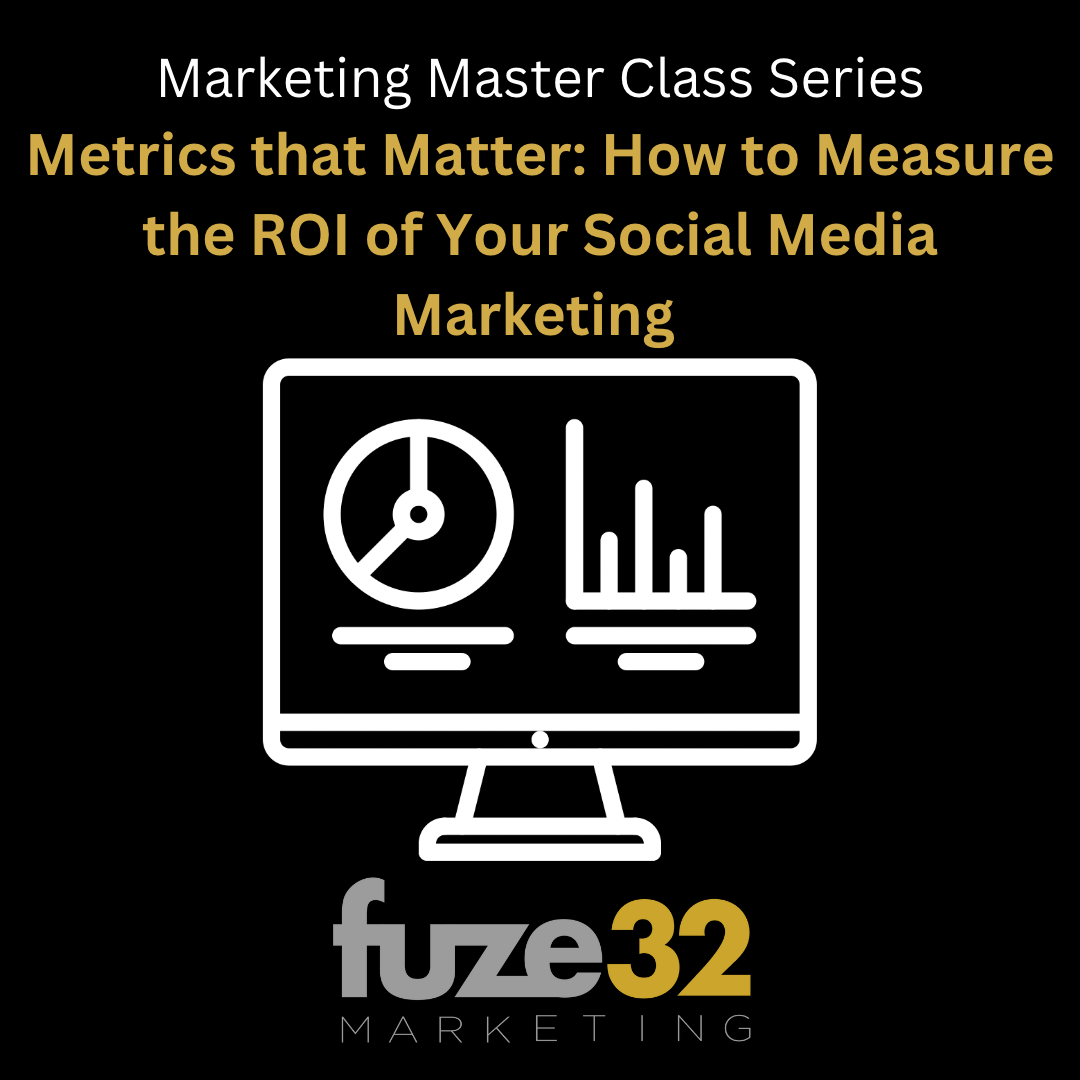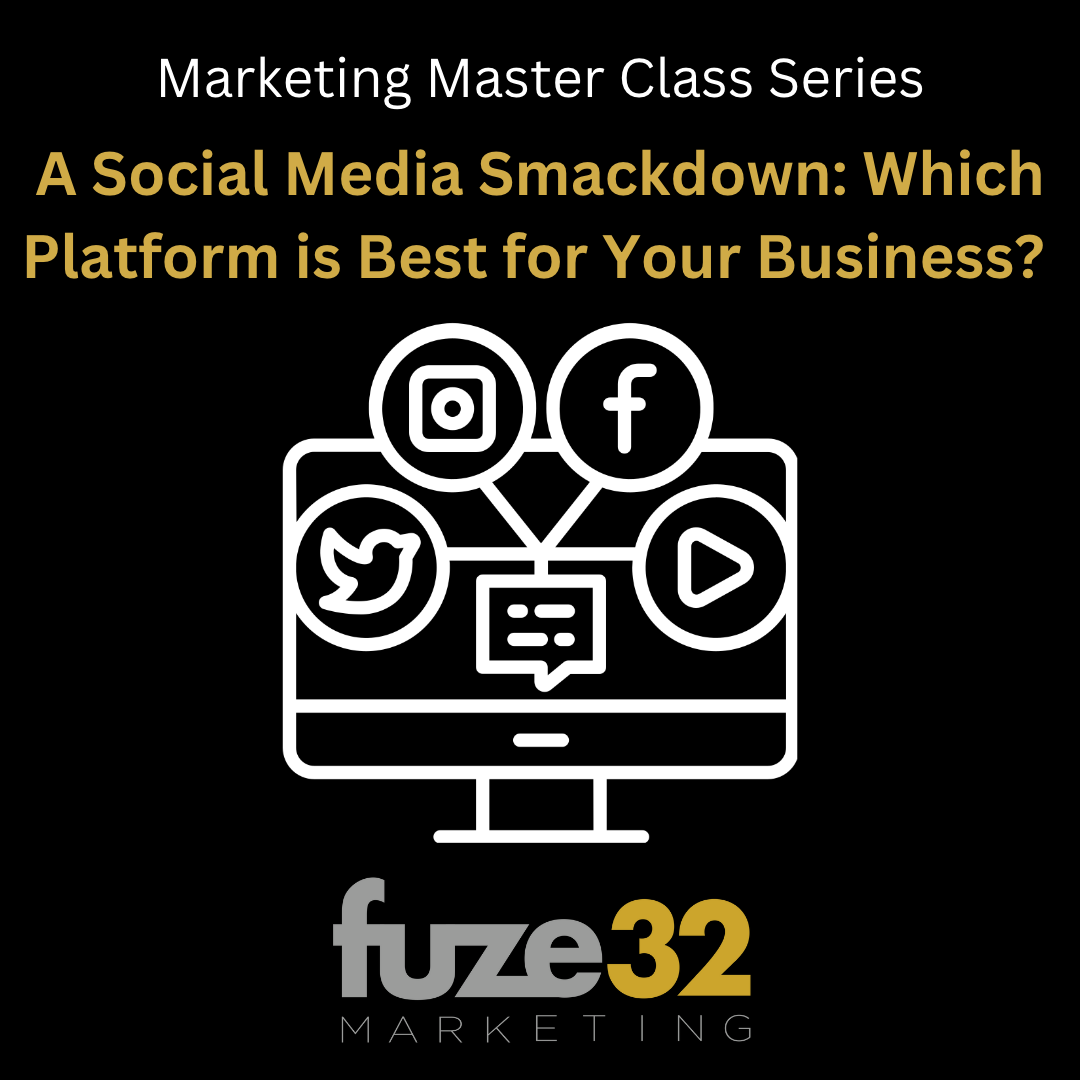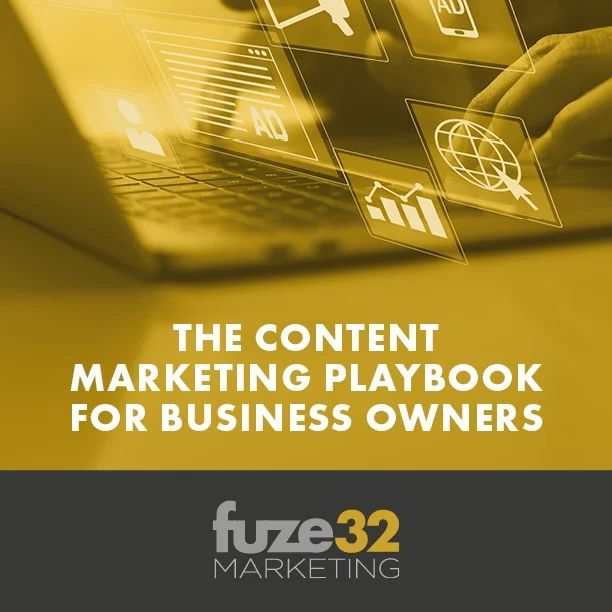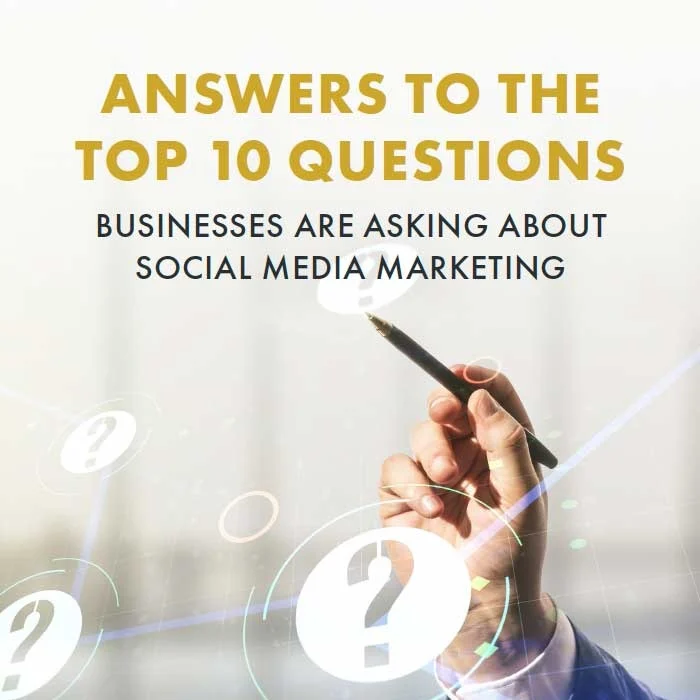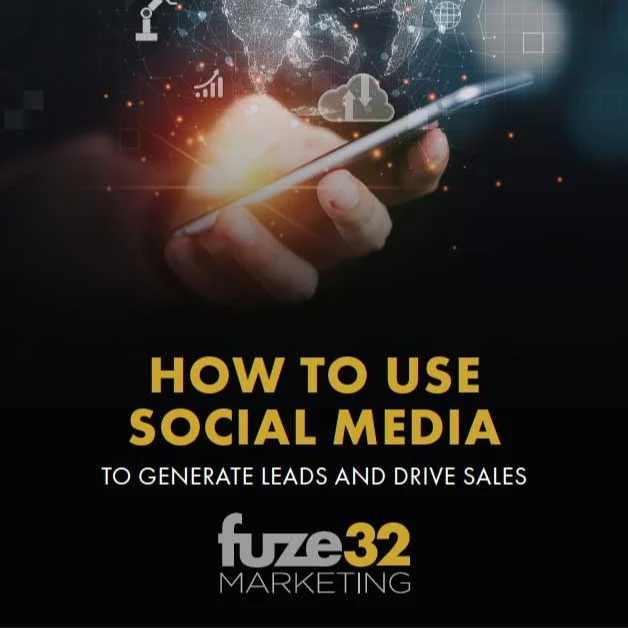
The difference between amateur and professional social media management is like the difference between your uncle's garage band and the New York Philharmonic. Sure, they're both making music, but one is significantly more likely to deliver a memorable performance. Here's what separates the pros from the well-meaning hobbyists:
Strategic Planning
Amateurs post whatever comes to mind when they remember the account exists. "Oh no, we haven't posted in three weeks! Quick, share that industry article from 2018!"
Professionals develop comprehensive content calendars that are:
- Aligned with business objectives: Every post serves a specific purpose—whether it's driving awareness, nurturing prospects, or converting leads. If a healthcare practice wants to grow their elective procedure bookings, their content calendar will strategically educate potential patients about benefits, recovery time, and financing options throughout the decision-making process.
- Coordinated across channels: Your social strategy doesn't exist in isolation. Professionals ensure it complements your email campaigns, website messaging, and even offline marketing efforts. When your payroll company launches a new service, the social rollout is synchronized with other channels for maximum impact.
- Balanced for maximum engagement: The right mix of educational, promotional, and entertaining content keeps audiences engaged without fatigue. We typically recommend the 70-20-10 rule: 70% valuable content for your audience, 20% shared content from credible sources, and only 10% direct promotion.
- Responsive to market changes: When COVID hit, amateur accounts kept posting their pre-scheduled content about in-person events while professionals quickly pivoted to relevant messaging. When industry regulations change for insurance companies, professionals adjust content strategy immediately.
Your brother's uncle's friend is still trying to figure out how to schedule posts for next Tuesday, meanwhile professionals are planning Q4's integrated campaign strategy.
Platform Expertise
Different social platforms are like different countries—each with their own language, customs, and unwritten rules. Posting the same content across all platforms is like wearing a Hawaiian shirt to a funeral—technically clothes, but wildly inappropriate for the context.
Professionals understand that:
- LinkedIn users expect industry insights and professional development content. Your manufacturing company's technical specifications and thought leadership pieces belong here, not your casual Friday photos.
- Facebook rewards content that generates meaningful interactions. Posts that spark conversations perform better than one-way broadcasts, which is why professionals craft questions and discussion starters specific to your target audience.
- Instagram is visually-driven and discovery-focused. Your pest control company needs crisp, eye-catching imagery and strategic hashtag research—not just phone photos with automatic filters.
- Twitter requires concise, timely engagement. For B2B companies, this platform demands industry commentary and quick responses, not scheduled promotional posts.
Platform expertise also means understanding technical specifications:
- Image dimensions for maximum visual impact (1080x1080 squares on Instagram feed, 1200x628 for Facebook link shares)
- Character counts that affect readability (125 characters show before "see more" on LinkedIn)
- Video length sweet spots (15-30 seconds for Stories, 2-3 minutes for feed videos)
- Optimal posting times based on platform-specific audience behavior
The amateur says "I'll post our hospital's new MRI machine announcement everywhere!" The professional customizes it as a patient-centered story for Facebook, a technical advancement piece for LinkedIn, a visually striking before/after for Instagram, and a concise announcement with relevant hashtags for Twitter.
Targeting Capabilities
Amateur targeting: "Let's target women 25-54 who like health!"
Professional targeting: "Let's create a custom audience of women 30-45 within 25 miles of our three locations who have engaged with content about elective procedures in the last 60 days, excluding current patients, and create a lookalike audience based on our highest-value patients from the past year."
See the difference?
Professional targeting includes:
- Custom audience building: Using your CRM data to create audiences of past customers, leads at specific pipeline stages, or lapsed customers for reactivation campaigns.
- Behavioral targeting: Reaching people based on actual behaviors (like visiting specific pages on your website or watching product videos) rather than just demographics.
- Interest layering: Combining multiple relevant interests to narrow audiences from too broad to precisely targeted. Instead of just "small business owners," we might target "small business owners interested in payroll software who also engage with content about employee benefits."
- Lookalike modeling: Creating audiences that share characteristics with your best customers. We recently helped an insurance company find new prospects by building a 1% lookalike audience based on their top 1,000 most profitable clients.
- Geographic precision: Going beyond simple radius targeting to focus on specific zip codes, business districts, or even custom-drawn map areas that match your service territory.
- Exclusion strategies: Sometimes who you DON'T show ads to is as important as who you do. Professionals create sophisticated exclusion lists to prevent wasting budget on irrelevant audiences.
We recently worked with a pest control company to target new homeowners within 3 months of purchase in neighborhoods with known termite issues, excluding apartments and current customers. The campaign delivered a 12x return on ad spend because the targeting was surgical rather than scattered.
Amateur targeting is a cannon. Professional targeting is a sniper rifle with thermal scope and wind compensation.
Conversion Tracking
"How's social media working for us?"
Amateur answer: "Great! Our last post got 43 likes and 7 shares!" Professional answer: "Our Facebook campaign generated 136 qualified leads at $42.18 per lead, with 27 converting to appointments so far, putting us on track for a 3.2x return on ad spend."
Professional conversion tracking includes:
- Proper pixel implementation: Installing and configuring tracking pixels across your entire website and landing pages to capture the full customer journey, not just the final conversion point.
- Event setup: Creating custom conversion events that matter to your business—whether that's appointment bookings for healthcare, quote requests for insurance, or demo signups for payroll services.
- Attribution modeling: Understanding how social media interactions contribute to conversions even when they're not the last touch. A manufacturing prospect might see your LinkedIn content for months before requesting information.
- Cross-device tracking: Following users across devices to understand the full conversion path. Someone might see your ad on mobile but convert later on desktop.
- CRM integration: Connecting social media data with your customer relationship management system to track leads from first touch to closed deal and lifetime value.
- Call tracking: Implementing dedicated phone numbers for social campaigns to measure offline conversions from online efforts.
We helped a healthcare client discover that while their Instagram ads had fewer direct form submissions than Facebook, the leads they did generate converted to patients at twice the rate and with a 30% higher average procedure value. Without proper conversion tracking, they would have mistakenly cut their most profitable channel.
Amateurs celebrate vanity metrics. Professionals celebrate business results.
Testing and Optimization
Amateur approach: "This seems fine. Let's run it." Professional approach: "Let's test three headline variations, two image styles, and two call-to-action approaches with a 20% budget allocation, then scale what works best."
Professional testing includes:
- A/B split testing: Creating controlled experiments where only one variable changes between versions to isolate what drives performance improvements.
- Multivariate testing: Testing multiple elements simultaneously to find the best possible combination for complex campaigns.
- Budget pacing optimization: Adjusting spend allocations based on day-of-week and time-of-day performance patterns specific to your industry and audience.
- Bidding strategy experiments: Testing different optimization goals (conversions vs. clicks vs. impressions) to find the most efficient path to results.
- Creative refresh cycles: Systematically updating creative elements before audience fatigue sets in, typically every 4-6 weeks for active campaigns.
- Landing page alignment: Testing different post-click experiences to maximize conversion rates once visitors leave the social platform.
We recently ran a campaign for a payroll services company where the winning creative combination—featuring a frustrated business owner with a direct question in the headline and a "Schedule Demo" CTA—outperformed the runner-up by 73% in cost per lead. That single test saved them thousands in wasted ad spend.
Amateurs set it and forget it. Professionals never stop improving.
Content Creation Excellence
Amateur content: Stock photo + generic message = forgettable impression
Professional content:
- Brand voice consistency: Maintaining your unique tone across all platforms while adapting to each platform's context. Your manufacturing company can be authoritative on LinkedIn while showing more personality on Facebook.
- Visual identity systems: Developing recognizable visual frameworks that stand out in crowded feeds while maintaining brand cohesion. Colors, fonts, and design elements should instantly identify your content as yours before users even read a word.
- Platform-native creation: Designing content specifically for each platform's unique format requirements and consumption patterns. Instagram carousels that tell a visual story, Facebook videos optimized for sound-off viewing, LinkedIn articles formatted for professional skimming.
- Production quality standards: Using professional photography, videography, and graphic design to create scroll-stopping visuals that elevate your brand above amateur-looking competitors.
- Copywriting expertise: Crafting messages that drive specific actions while maintaining brand voice. Professional copywriters understand how to write headlines that stop scrolling, body copy that builds desire, and CTAs that overcome hesitation.
A pest control company we work with saw engagement increase by 267% when we replaced their generic stock photos with a series of custom-shot, slightly humorous "pest portraits" that turned something ordinary into content worth sharing.
Amateur content makes people think, "Oh, another ad." Professional content makes people think, "I need to learn more."
Crisis Management Readiness
Amateur approach: "Uh oh, someone's complaining on our page. Should we delete it?"
Professional approach: "We have escalation protocols, pre-approved response templates, and a 15-minute maximum response time for all critical engagements."
Professional social media includes:
- Monitoring systems: Using professional tools to track mentions across platforms, including misspellings of your brand name and industry-specific terms.
- Response protocols: Creating clear guidelines for which comments require immediate attention, which can wait, and who needs to be involved in various scenarios.
- Sentiment tracking: Regularly analyzing the emotional tone of comments and messages to identify potential issues before they become crises.
- Dark post strategies: Knowing when to address concerns publicly versus when to move conversations to private channels.
When a healthcare client faced criticism about a new billing policy, their previous amateur manager deleted negative comments—turning a small issue into a perception of dishonesty. Our team implemented a transparent response strategy that acknowledged concerns, provided clear information, and turned critics into advocates.
Amateurs hope nothing goes wrong. Professionals plan for when it does.
Reporting That Actually Matters
Amateur reporting: Monthly PDF showing followers, likes, and shares
Professional reporting:
- Business outcome focus: Reporting that connects social media metrics directly to business goals, whether that's leads, sales, appointments, or brand perception shifts.
- Competitive benchmarking: Contextualizing performance against relevant industry competitors, not arbitrary standards.
- Insight-driven recommendations: Every report includes specific actions to improve performance based on data, not guesswork.
- Cost efficiency metrics: Detailed analysis of cost per result across campaigns, audiences, and placements to continuously improve ROI.
- Custom dashboards: Real-time performance visualization tailored to what your specific business cares about most.
We recently helped an HR software company realize that their LinkedIn thought leadership content was significantly influencing deals that were being attributed to other channels. By implementing proper attribution modeling, we demonstrated that social media was actually driving 34% more value than previously recognized.
Amateur reports tell you what happened. Professional reports tell you why it happened and what to do next.
The gap between amateur and professional social media management isn't just about skills—it's about business impact. That random relative might save you a few dollars today, but they're costing you real revenue tomorrow.
(And no, taking a "Social Media Basics" course on Udemy doesn't qualify as professional training. Sorry, nephew.)



.webp)

